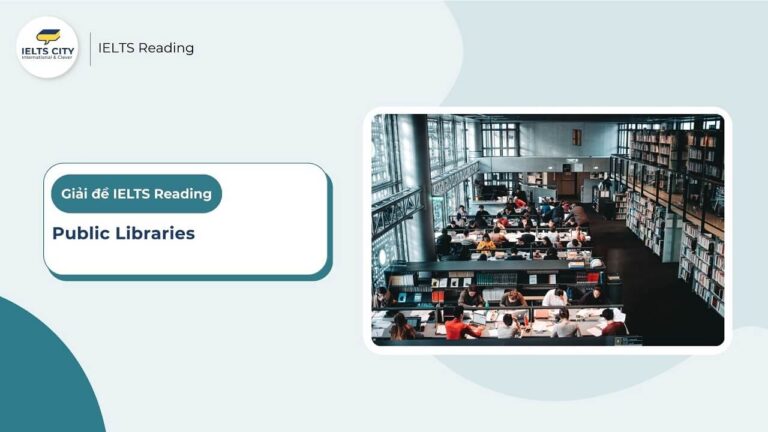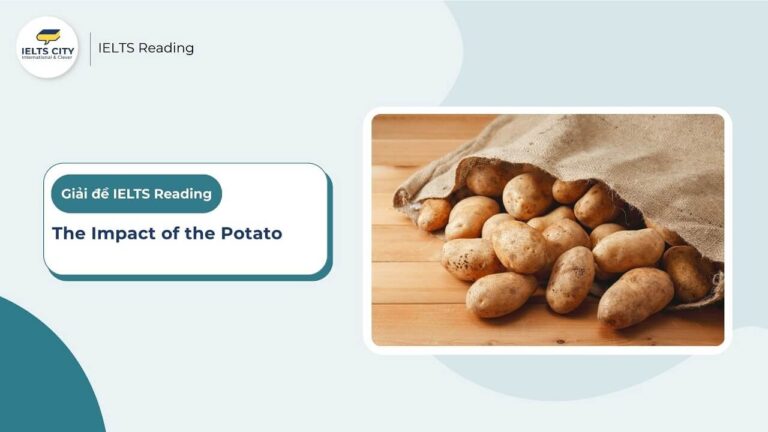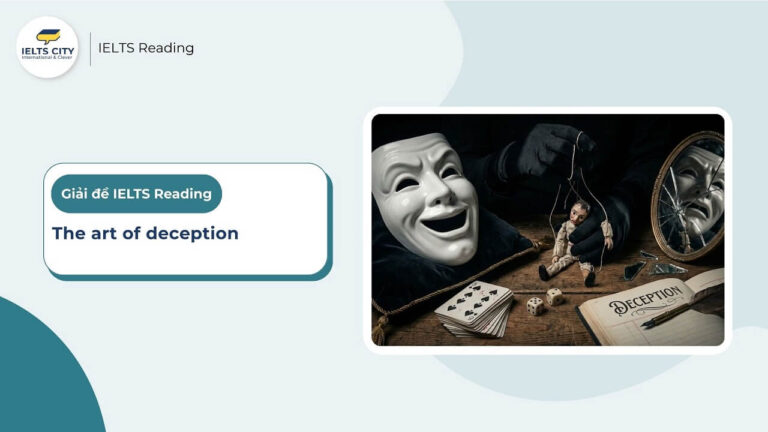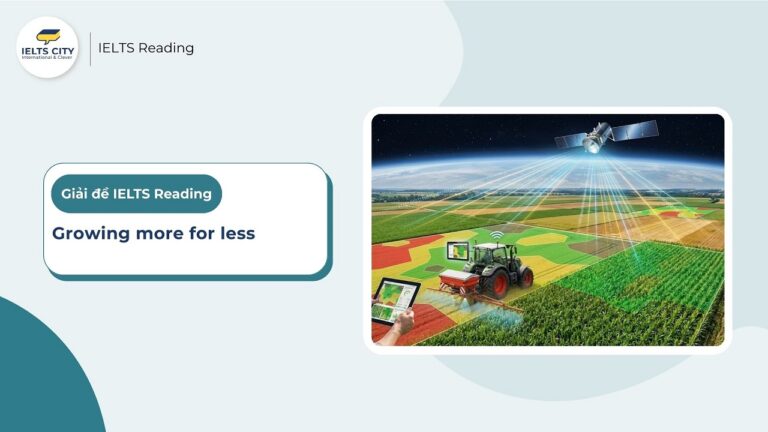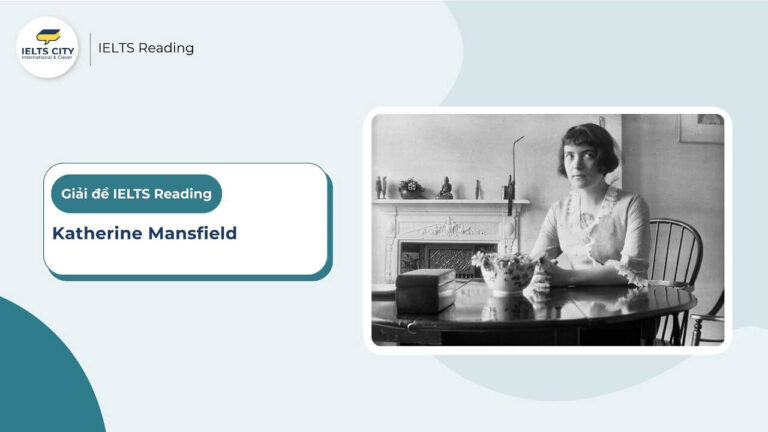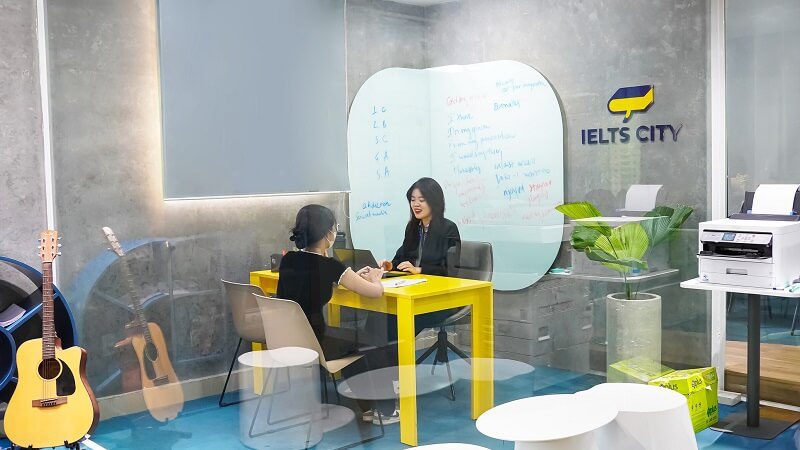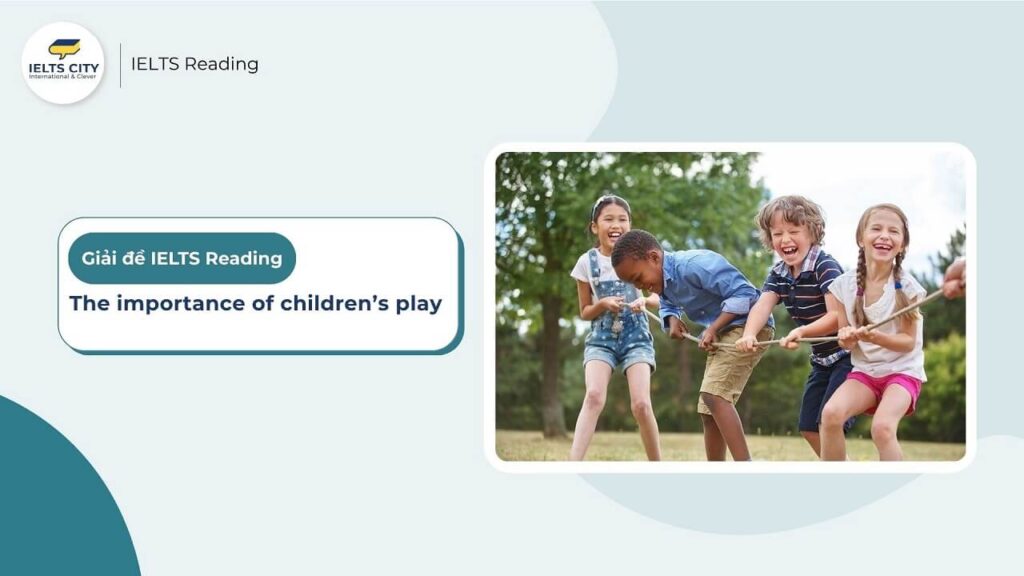
Nội dung chính
ToggleBài đọc
The importance of children’s play
Brick by brick, six-year-old Alice is building a magical kingdom. Imagining fairy-tale turrets and fire-breathing dragons, wicked witches and gallant heroes, she’s creating an enchanting world. Although she isn’t aware of it, this fantasy is helping her take her first steps towards her capacity for creativity and so it will have important repercussions in her adult life.
Minutes later, Alice has abandoned the kingdom in favour of playing schools with her younger brother. When she bosses him around as his ‘teacher’, she’s practising how to regulate her emotions through pretence. Later on, when they tire of this and settle down with a board game, she’s learning about the need to follow rules and take turns with a partner.
‘Play in all its rich variety is one of the highest achievements of the human species,’ says Dr David Whitebread from the Faculty of Education at the University of Cambridge, UK. ‘It underpins how we develop as intellectual, problem-solving adults and is crucial to our success as a highly adaptable species.’
Recognising the importance of play is not new: over two millennia ago, the Greek philosopher Plato extolled its virtues as a means of developing skills for adult life, and ideas about play-based learning have been developing since the 19th century.
But we live in changing times, and Whitebread is mindful of a worldwide decline in play, pointing out that over half the people in the world now live in cities. ‘The opportunities for free play, which I experienced almost every day of my childhood, are becoming increasingly scarce,’ he says. Outdoor play is curtailed by perceptions of risk to do with traffic, as well as parents’ increased wish to protect their children from being the victims of crime, and by the emphasis on ‘earlier is better’ which is leading to greater competition in academic learning and schools.
International bodies like the United Nations and the European Union have begun to develop policies concerned with children’s right to play, and to consider implications for leisure facilities and educational programmes. But what they often lack is the evidence to base policies on.
‘The type of play we are interested in is child-initiated, spontaneous and unpredictable – but, as soon as you ask a five-year-old “to play”, then you as the researcher have intervened,’ explains Dr Sara Baker. ‘And we want to know what the long-term impact of play is. It’s a real challenge.’
Dr Jenny Gibson agrees, pointing out that although some of the steps in the puzzle of how and why play is important have been looked at, there is very little data on the impact it has on the child’s later life.
Now, thanks to the university’s new Centre for Research on Play in Education, Development and Learning (PEDAL), Whitebread, Baker, Gibson and a team of researchers hope to provide evidence on the role played by play in how a child develops.
‘A strong possibility is that play supports the early development of children’s self control,’ explains Baker. ‘This is our ability to develop awareness of our own thinking processes – it influences how effectively we go about undertaking challenging activities.’
In a study carried out by Baker with toddlers and young pre-schoolers, she found that children with greater self-control solved problems more quickly when exploring an unfamiliar set-up requiring scientific reasoning. ‘This sort of evidence makes us think that giving children the chance to play will make them more successful problem solvers in the long run.’
If playful experiences do facilitate this aspect of development, say the researchers, it could be extremely significant for educational practices, because the ability to self-regulate has been shown to be a key predictor of academic performance.
Gibson adds: ‘Playful behaviour is also an important indicator of healthy social and emotional development. In my previous research, I investigated how observing children at play can give us important clues about their well-being and can even be useful in the diagnosis of neurodevelopmental disorders like autism.’
Whitebread’s recent research has involved developing a play-based approach to supporting children’s writing. ‘Many primary school children find writing difficult, but we showed in a previous study that a playful stimulus was far more effective than an instructional one.’ Children wrote longer and better-structured stories when they first played with dolls representing characters in the story. In the latest study, children first created their story with Lego *, with similar results. ‘Many teachers commented that they had always previously had children saying they didn’t know what to write about. With the Lego building, however, not a single child said this through the whole year of the project.’
Whitebread, who directs PEDAL, trained as a primary school teacher in the early 1970s, when, as he describes, ‘the teaching of young children was largely a quiet backwater, untroubled by any serious intellectual debate or controversy.’ Now, the landscape is very different, with hotly debated topics such as school starting age.
‘Somehow the importance of play has been lost in recent decades. It’s regarded as something trivial, or even as something negative that contrasts with “work”. Let’s not lose sight of its benefits, and the fundamental contributions it makes to human achievements in the arts, sciences and technology. Let’s make sure children have a rich diet of play experiences.’
Kiến thức cần nắm
Câu hỏi
Questions 1-8
Complete the notes below.
Choose ONE WORD ONLY from the passage for each answer.
Write your answers in boxes 1-8 on your answer sheet.
Children’s play
- Uses of children’s play
- Building a ‘magical kingdom’ may help develop 1 ………………..
- Board games involve 2 ……………….. and turn-taking
- Recent changes affecting children’s play
- Populations of 3 ……………….. have grown
- Opportunities for free play are limited due to:
- Fear of 4 ………………..
- Fear of 5 ………………..
- Increased 6 ……………….. in schools
International policies on children’s play:
- It is difficult to find 7 ……………….. to support new policies
- Research needs to study the impact of play on the rest of the child’s 8 ………………..
Questions 9-13
Do the following statements agree with the information given in Reading Passage 1.
In boxes 1-5 on your answer sheet, write
- TRUE – if the statement agrees with the information
- FALSE – if the statement contradicts the information
- NOT GIVEN – if there is no information on this
- Children with good self-control are known to be likely to do well at school later on.
- The way a child plays may provide information about possible medical problems.
- Playing with dolls was found to benefit girls’ writing more than boys’ writing.
- Children had problems thinking up ideas when they first created the story with Lego.
- People nowadays regard children’s play as less significant than they did in the past.
Đáp án kèm phân tích
Questions 1-8: Complete the notes (ONE WORD ONLY)
1. creativity
- Giải thích: Đoạn 1 nói về Alice đang xây dựng vương quốc ảo tưởng. Bài đọc nói rằng: “ảo tưởng này đang giúp cô bé thực hiện những bước đầu tiên hướng tới khả năng sáng tạo của mình” (capacity for creativity).
- Vị trí và trích dẫn: Đoạn 1, câu cuối.”…this fantasy is helping her take her first steps towards her capacity for creativity…”
2. rules
- Giải thích: Đoạn 2 đề cập đến việc Alice chơi cờ bàn (board game) với em trai. Bài đọc nói cô bé đang học về “sự cần thiết phải tuân theo các quy tắc và luân phiên nhau” (need to follow rules and take turns). Từ cần điền song song với “turn-taking”.
- Vị trí và trích dẫn: Đoạn 2, câu cuối.”…she’s learning about the need to follow rules and take turns with a partner.”
3. cities
- Giải thích: Đoạn 5 nói về những thay đổi gần đây. Tiến sĩ Whitebread chỉ ra rằng “hơn một nửa số người trên thế giới hiện đang sống ở các thành phố” (live in cities).
- Vị trí và trích dẫn: Đoạn 5, câu 1.”…pointing out that over half the people in the world now live in cities.”
4. traffic
- Giải thích: Đoạn 5 liệt kê các lý do khiến việc chơi tự do (free play) bị hạn chế. Lý do đầu tiên là nhận thức về rủi ro liên quan đến giao thông (traffic).
- Vị trí và trích dẫn: Đoạn 5, câu 2.”Outdoor play is curtailed by perceptions of risk to do with traffic…”
5. crime
- Giải thích: Tiếp tục trong đoạn 5, lý do tiếp theo là cha mẹ muốn bảo vệ con cái khỏi việc trở thành nạn nhân của tội phạm (crime).
- Vị trí và trích dẫn: Đoạn 5, câu 2.”…as well as parents’ increased wish to protect their children from being the victims of crime…”
6. competition
- Giải thích: Cũng trong đoạn 5, lý do cuối cùng là sự nhấn mạnh vào việc học sớm dẫn đến sự cạnh tranh lớn hơn (greater competition) trong học tập và trường học.
- Vị trí và trích dẫn: Đoạn 5, câu 2.”…leading to greater competition in academic learning and schools.”
7. evidence
- Giải thích: Đoạn 6 nói về các chính sách quốc tế. Bài đọc nói rằng điều họ thường thiếu là bằng chứng (evidence) để dựa vào đó mà đưa ra chính sách.
- Vị trí và trích dẫn: Đoạn 6, câu 2.”But what they often lack is the evidence to base policies on.”
8. life
- Giải thích: Đoạn 8 trích lời Tiến sĩ Jenny Gibson nói rằng có rất ít dữ liệu về tác động của việc chơi đối với cuộc sống sau này (later life) của đứa trẻ.
- Vị trí và trích dẫn: Đoạn 8.”…there is very little data on the impact it has on the child’s later life.”
Đăng ký nhận tư vấn miễn phí
Ưu đãi học phí lên đến 40%
& Cơ hội nhận học bổng trị giá 2.000.000 VNĐ
Đăng ký nhận tư vấn miễn phí
Ưu đãi học phí lên đến 40%
________
Questions 9-13: TRUE / FALSE / NOT GIVEN
9. Children with good self-control are known to be likely to do well at school later on.
- Đáp án: TRUE
- Giải thích: Đoạn 12 nói rằng khả năng tự điều chỉnh (tương đương với “self-control”) đã được chứng minh là “một yếu tố dự báo chính về thành tích học tập” (key predictor of academic performance). “Thành tích học tập” tương đương với “do well at school”.
- Vị trí và trích dẫn: Đoạn 12.”…because the ability to self-regulate has been shown to be a key predictor of academic performance.”
10. The way a child plays may provide information about possible medical problems.
- Đáp án: TRUE
- Giải thích: Đoạn 13 nói rằng quan sát trẻ em chơi có thể hữu ích trong việc “chẩn đoán các rối loạn phát triển thần kinh như tự kỷ” (diagnosis of neurodevelopmental disorders like autism). Các rối loạn này được coi là “medical problems”.
- Vị trí và trích dẫn: Đoạn 13.”…and can even be useful in the diagnosis of neurodevelopmental disorders like autism.”
11. Playing with dolls was found to benefit girls’ writing more than boys’ writing.
- Đáp án: NOT GIVEN
- Giải thích: Đoạn 14 có đề cập đến việc trẻ em viết tốt hơn khi chơi với búp bê (dolls). Tuy nhiên, bài đọc chỉ dùng từ chung là “Children” (trẻ em) mà không hề so sánh hiệu quả giữa “girls” (bé gái) và “boys” (bé trai).
12. Children had problems thinking up ideas when they first created the story with Lego.
- Đáp án: FALSE
- Giải thích: Câu hỏi nói rằng trẻ gặp vấn đề khi nghĩ ý tưởng với Lego. Tuy nhiên, bài đọc nói rằng với việc xây dựng Lego, “không một đứa trẻ nào nói điều này [không biết viết gì] trong suốt cả năm dự án” (not a single child said this). Tức là chúng không gặp vấn đề.
- Vị trí và trích dẫn: Đoạn 14, câu cuối.”With the Lego building, however, not a single child said this through the whole year of the project.”
13. People nowadays regard children’s play as less significant than they did in the past.
- Đáp án: TRUE
- Giải thích: Đoạn 16 nói rằng tầm quan trọng của vui chơi đã bị mất đi trong những thập kỷ gần đây (“lost in recent decades”). Nó bị coi là “thứ gì đó tầm thường” (“trivial”). Điều này ngụ ý rằng ngày nay người ta coi nhẹ nó hơn so với trước kia.
- Vị trí và trích dẫn: Đoạn 16, câu 1-2.”Somehow the importance of play has been lost in recent decades. It’s regarded as something trivial…”
Cập nhật đề thi thật mới nhất tại:


